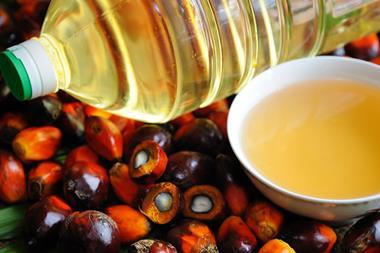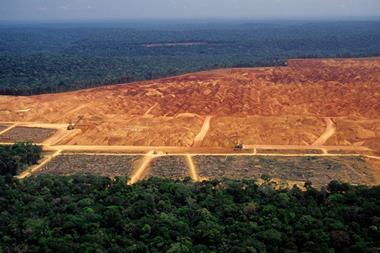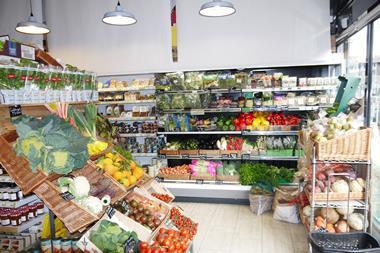
With increasing concerns around the cost of living and rising prices, there’s a danger the focus on the short-term financial costs of food production will crowd out the longer-term environmental and social costs.
The current food system is a complex web of farmers, processors, traders, manufacturers and retailers that span the globe. This web is already under pressure. We are relying on a falling diversity of crop types and a falling number of companies at key nodes in the system.
On top of this, climate change is impacting productivity across the world. As a result, sudden shocks, such as the war in Ukraine and the associated impacts on energy and fertiliser, can have massive implications.
If we are to have a global food system able to feed nine billion people equitably, sustainably and affordably in a future we know is likely to be warmer, less water secure and more politically unstable, it is going to have to be more resilient than today, not less.
The impact of food production on forests is a case in point. Forests cover one third of the land’s surface. They hold 80% of global biodiversity and generate a wealth of benefits, from the 6Gt CO2e per year they sequester (roughly equivalent to the annual emissions of the US) to the 2.4 billion people that rely on them for fuel.
Despite this, we are allowing vast areas of forest to be destroyed every year. Over the past decade we have lost an area the size of Belgium – the equivalent of one football field of forest every six seconds. The greenhouse gas emissions alone from these losses account for about 12% of global emissions and other associated impacts include changes in local weather patterns, flooding, drought, soil erosion and species losses.
Agriculture accounts for approximately 80% of forest losses – roughly half from commercial agriculture and half from smallholders – with commodities such as palm oil, soy and cattle responsible for the largest impacts in the most sensitive areas.
We cannot afford to feed ourselves while destroying the natural systems we need to survive. And farming cannot afford to destroy the ecosystems it needs to function.
Seventy-five per cent of the world’s crops are dependent on forest species for pollination. The local climatic and water changes resulting from forest losses are affecting crops globally. A food production system that drives deforestation will only increase in risk and fragility over time. In fact, it has been estimated that the financial risk of deforestation is around $80bn, while the cost of mitigation equates to less than $7bn.
In 2021, more than 800 companies disclosed to CDP on their progress on eradicating commodity-driven deforestation from their supply chains. While most companies disclosing through CDP are now taking some action on addressing deforestation, very few can claim to be comprehensively addressing the issues.
Two thirds of companies have some sort of policy around deforestation, but one third of these are regarded as good practice. Most companies have some form of traceability system, but only 8% can trace all their commodities to point of origin.
There’s no doubt food can be produced without destroying the environment and deforestation can be removed from commodity supply chains altogether. Progress is being made but companies need to go further.
It’s clear building momentum will require the right signals and incentives from governments, investors and consumers. We cannot afford to undermine progress with a short-term focus on prices alone.



















No comments yet